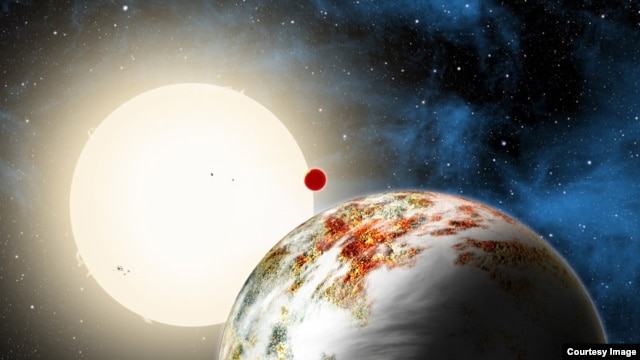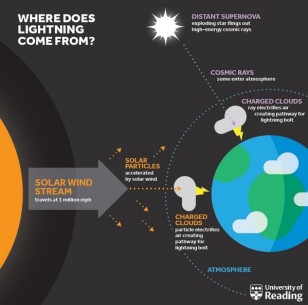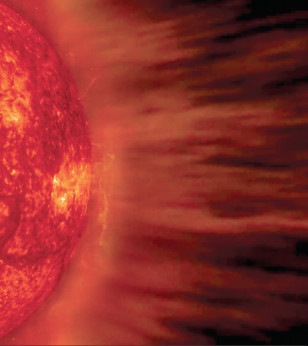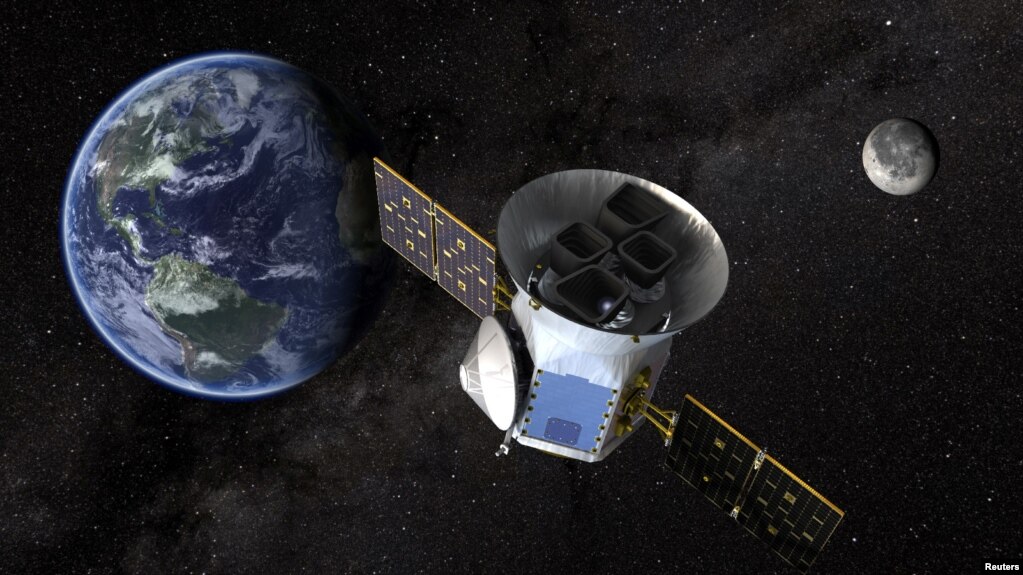More than 50 new alien planets including one so-called super-Earth that could potentially support life have been discovered by an exoplanet-hunting telescope from the European Southern Observatory (ESO).
The newfound haul of alien planets includes 16 super-Earths, which are potentially rocky worlds that are more massive than our planet. One in particular - called HD 85512 b - has captured astronomers' attention because it orbits at the edge of its star's habitable zone, suggesting conditions could be ripe to support life.
Astronomers have previously discovered 564 confirmed alien planets, with roughly 1,200 additional candidate worlds under investigation based on data from the Kepler space observatory, according to NASA's Jet Propulsion Laboratory in Pasadena, Calif.
'Super-Earth,' 1 Of 50 Newfound Alien Planets, Could Potentially Support Life | Fox News
The newfound haul of alien planets includes 16 super-Earths, which are potentially rocky worlds that are more massive than our planet. One in particular - called HD 85512 b - has captured astronomers' attention because it orbits at the edge of its star's habitable zone, suggesting conditions could be ripe to support life.
Astronomers have previously discovered 564 confirmed alien planets, with roughly 1,200 additional candidate worlds under investigation based on data from the Kepler space observatory, according to NASA's Jet Propulsion Laboratory in Pasadena, Calif.
'Super-Earth,' 1 Of 50 Newfound Alien Planets, Could Potentially Support Life | Fox News











